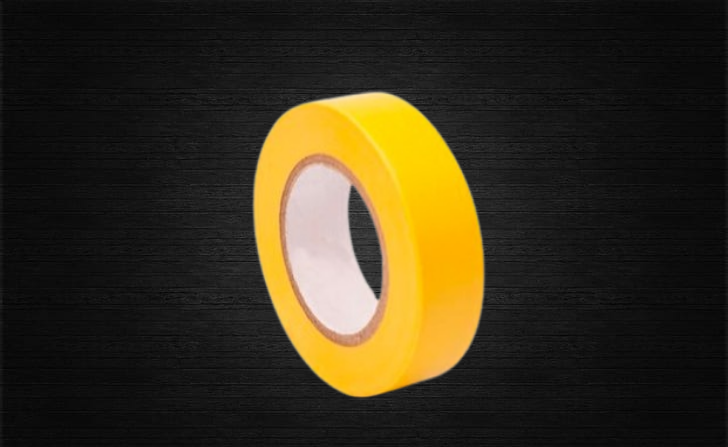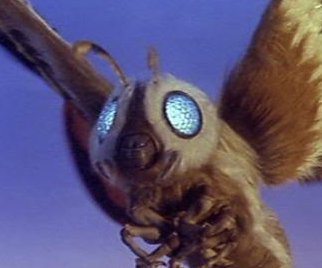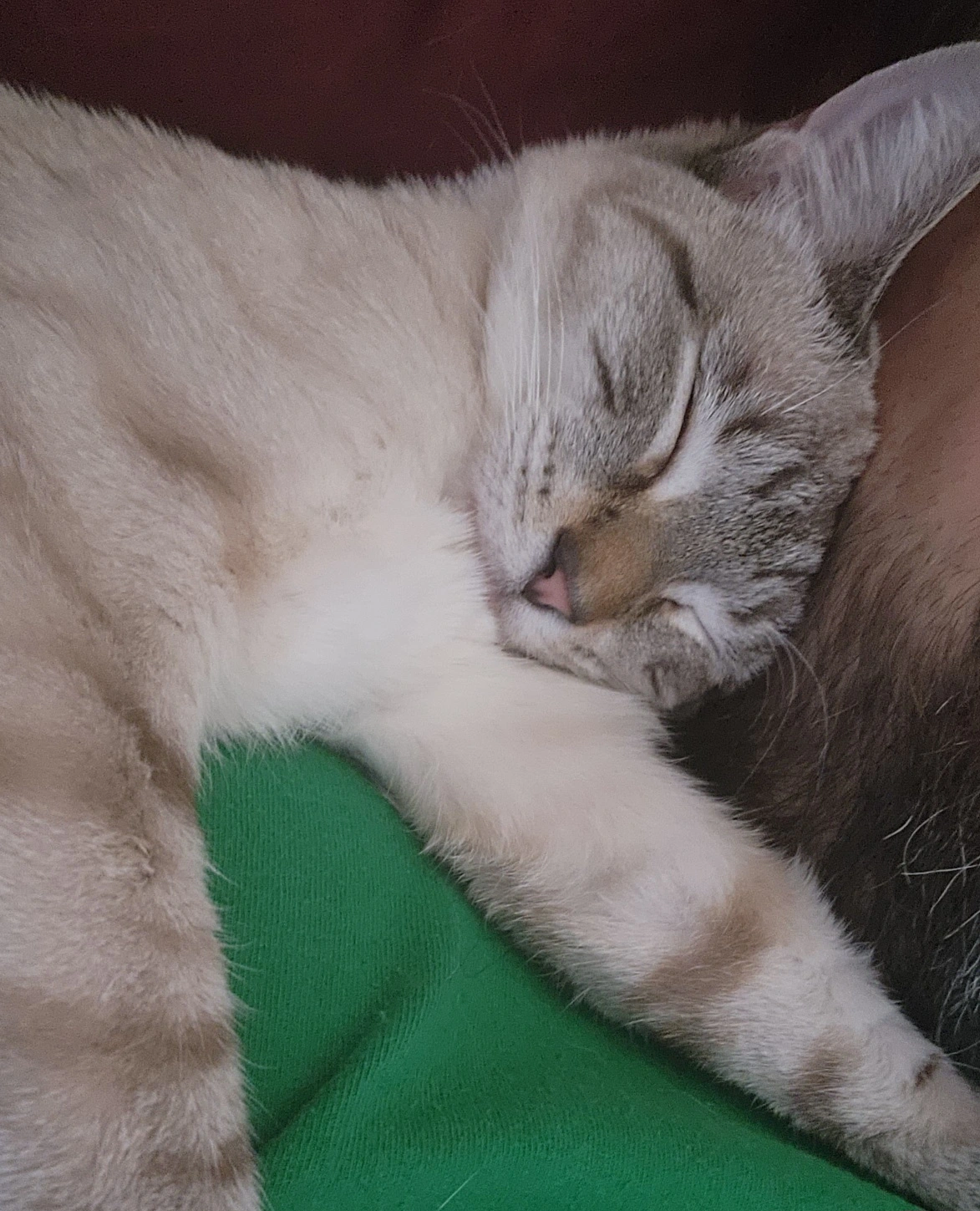I got a bone to pick with this kind of diagram. Everyone likes to talk about how much better other animals are at things than us, but if you look at animals holistically, humans are really fuckin good at everything. Like yeah there’s a bunch of animals that are faster than us, a bunch of animals that bites stronger than us, a bunch of animals that are more muscular than us, but we’re consistently in like the top 10% overall
Finna make a version of this meme where it’s mice and iguanas
We also have better full-light vision than a lot of animals, even the ones with good dark vision.
So Isaac Newton had only 1/700th the bite force of a normal human? Pathetic.
Probably due to all the mercury and shit he was playing with as an alchemist
I can eat way more than 700 fig Newtons. This is bullshit.
Yeah but do you have the bite force to bite through all 700 at once?
I would think… They’re pretty soft.
Perhaps not after my jaw dislocates to fit them all in my mouth, though.
Given:
Bite Force of T. rex: 45,000 Newtons
Jaw Closing Distance: Approximately 0.3 meters
Energy=Force×Distance=45,000N×0.3m=13,500Joules
Say we have a typical 10w led lightbulb, how much could it power it for?
Time= Power/Energy=13,500J / 10W=1,350 seconds, or approximately 22 and a half minutes with a single T-Rex chomp, assuming 100% conversion efficiency
Fun fact, the (rough) conversion efficiency of calories to mechanical joules in the human body (separate from the mechanical to electrical you’re referring to) is about 25% — but this is about the same factor as going from calories to joules! So, for a human to put out 13.5 kJ of energy would require about 13.5 food calories (kilocalories).
Every time I picture an alligator biting me I’m like I bet I could wiggle out or like somehow overcome it, because their jaws look so long and flat - like how much strength could they have? Certainly not more than a lion.
Well.
Just remember these guys can grip an animal the size of a horse with their jaws, overpower it, drag it to the water and rip it apart.
The closing force is significantly higher than its opening force IIRC. If you can close its mouth without getting bitten it’s screwed.
Didn’t like everyone watch Steve Irwin do this to massive crocs like all the time.
Yeah, but time marches on and everything. Young people won’t know him. Someone said they didn’t know who a guy in a picture was the other week. It was Tony Bourdain and I felt old.
A coworker the other day didn’t know there was an animated grinch movie before the Jim Carey one. ಠ╭╮ಠ
Ouch.
That was Steve though - he probably knew the croc
I bet this is peak force is measured at the base of the jaw, meaning the teeth at the tip would exert significantly lower force. So it might be possible to escape a small alligator, I’m not sure.
There are lots of videos about croc bite force. With scales attached to their jaws and stuff. Shouldnt be hard to find.
This younger one was measured at the base with 820 pounds https://www.youtube.com/watch?v=cG7ruzhqB9Y&t=158
To break the largest human bone, the thigh bone, an estimated force of 4,000 newtons is needed. However, the amount of force required to break a bone depends on how the force is applied.
-Random internet source
Me, I can only do about four or five of those cookies at a time
But it’s not a cookie! It’s a Newton!
How is this calculated? Presumably you could directly measure all but the T-Rex and pliosaur, but how are those bits forces calculated?
I’m no BiteForceologist but I was assume they compare muscle size, muscle attachment points, and mechanical advantage of extant creatures and then apply that data to fossils. So not 100% accurate, but not just guessing randomly.
For the extant creatures you give them something they want to bite on and stick a measurement thing inside of that.
For extinct creatures see other comment. You compare anatomy and do math.
Soooo it’s not the number of this guy they can eat?
Man, we gotta pump those numbers up. Get our bite force on the next level.
Highly depends on the dog.











